|
Tokyo on the Eve of Calamity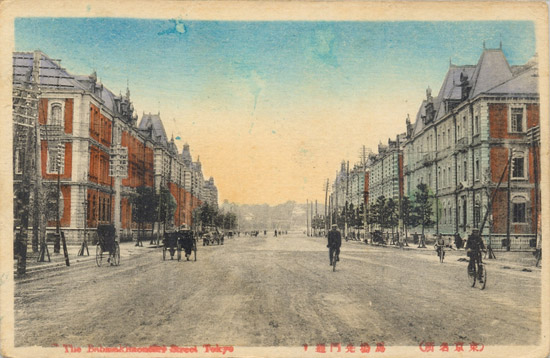
Tokyo, formerly known as Edo, is the political, economic, and bureaucratic center of Japan. It has developed as one of the world’s most important, vibrant, and modern cities in the past 150 years. Three inter-related processes have fundamentally shaped the development of this city: one, significant population growth and geographic expansion; two, natural and manmade catastrophes that have destroyed large segments of the city; and three, reconstruction.
From Edo to Tokyo
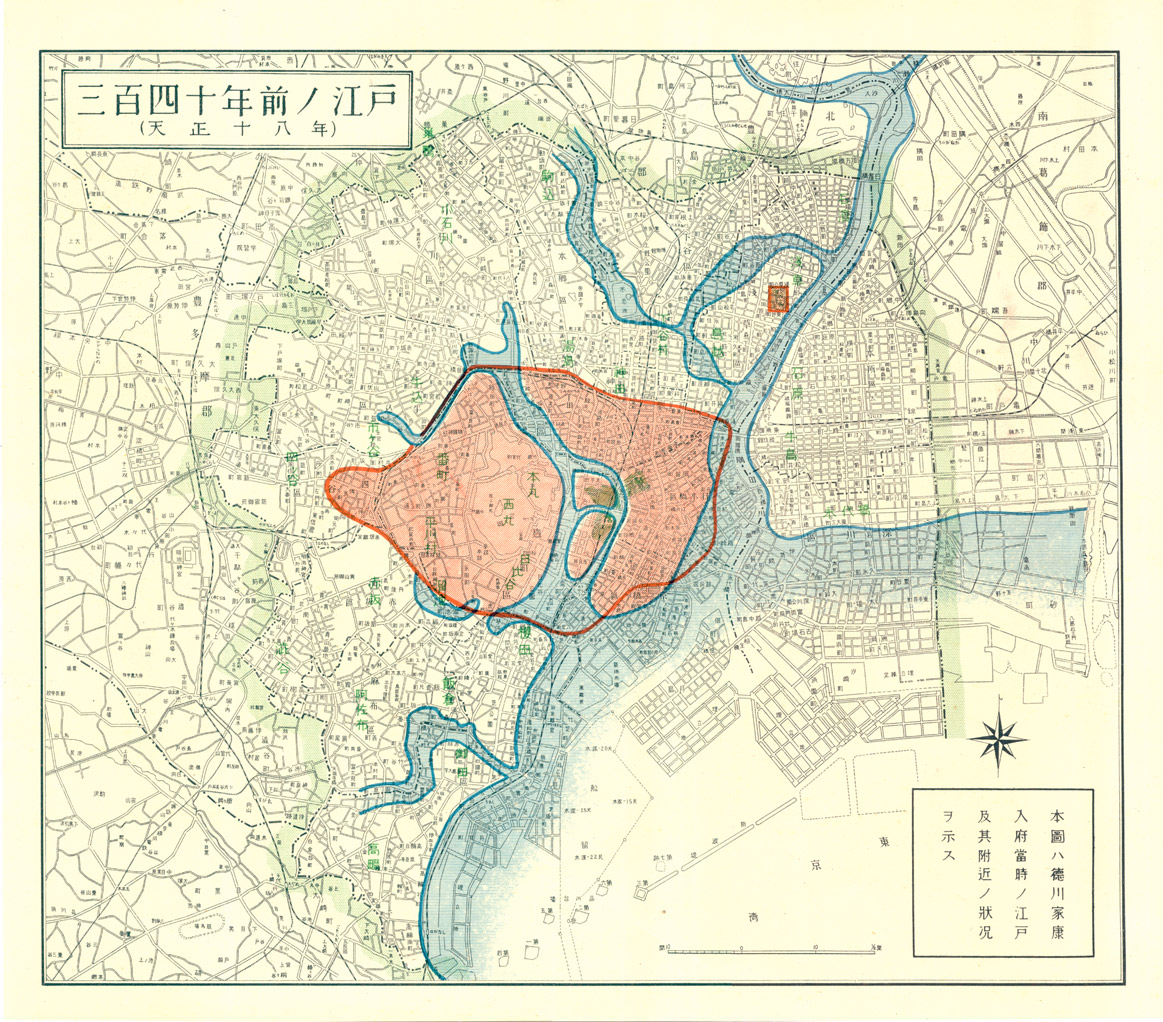 The transformation of Tokyo’s predecessor began in 1603 when Tokugawa Ieyasu established the headquarters of his Shogunate in Edo. As the political and administrative center of Tokugawa Japan, Edo grew to become one of the largest cities in the world with an estimated population surpassing 1 million by 1700. The policy of sankin kōtai (alternating residence) whereby the Tokugawa government required daimyō (regional feudal lords) and their retainers and attendants to reside in Edo for part of a year or one year in every two brought a significant amount of wealth into Edo. The transformation of Tokyo’s predecessor began in 1603 when Tokugawa Ieyasu established the headquarters of his Shogunate in Edo. As the political and administrative center of Tokugawa Japan, Edo grew to become one of the largest cities in the world with an estimated population surpassing 1 million by 1700. The policy of sankin kōtai (alternating residence) whereby the Tokugawa government required daimyō (regional feudal lords) and their retainers and attendants to reside in Edo for part of a year or one year in every two brought a significant amount of wealth into Edo.  Consequently, Edo became a center of consumption, trade, and entertainment, which spawned the growth of a large merchant class. As the population and wealth of Edo expanded, the physical boundary of Edo enlarged to encompass reclaimed marshland toward the east that became a densely populated area referred to as the “low city.” Consequently, Edo became a center of consumption, trade, and entertainment, which spawned the growth of a large merchant class. As the population and wealth of Edo expanded, the physical boundary of Edo enlarged to encompass reclaimed marshland toward the east that became a densely populated area referred to as the “low city.”
Two events shook Edo in the 1850s. In 1853 and 1854, US Navy warships led by Commodore Matthew Perry entered Tokyo Bay to open Japan to foreign trade and diplomatic intercourse. In 1855 a major earthquake struck the region. While the latter destroyed nearly 15,000 homes and killed nearly 10,000 inhabitants, the former helped contribute to the demise of the Tokugawa Shogunate, which was replaced by a new imperial government in 1868.
Tokyo's Modern Emergence, Modern Vulnerabilities
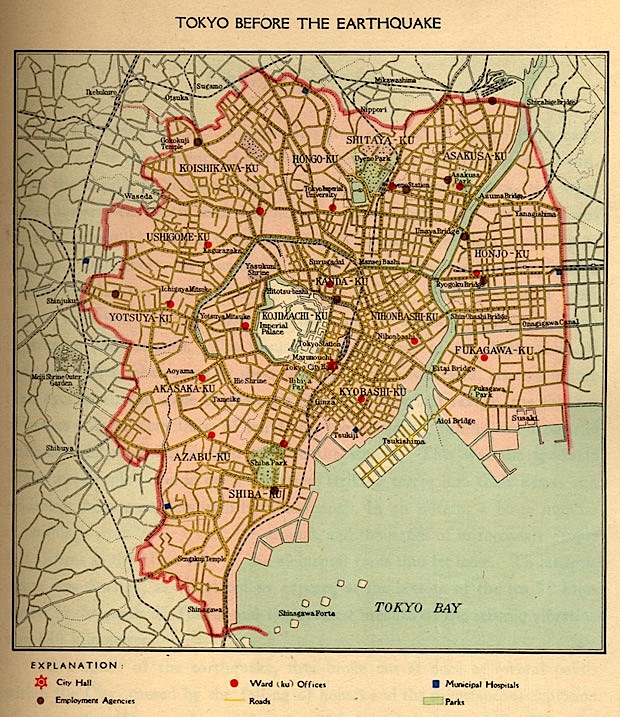

After a brief civil war that culminated with the surrender of Edo castle in April 1868 Edo was renamed Tokyo and designated as Japan’s capital. Quickly thereafter, Tokyo became the heart of the new, highly centralized nation state of Japan.
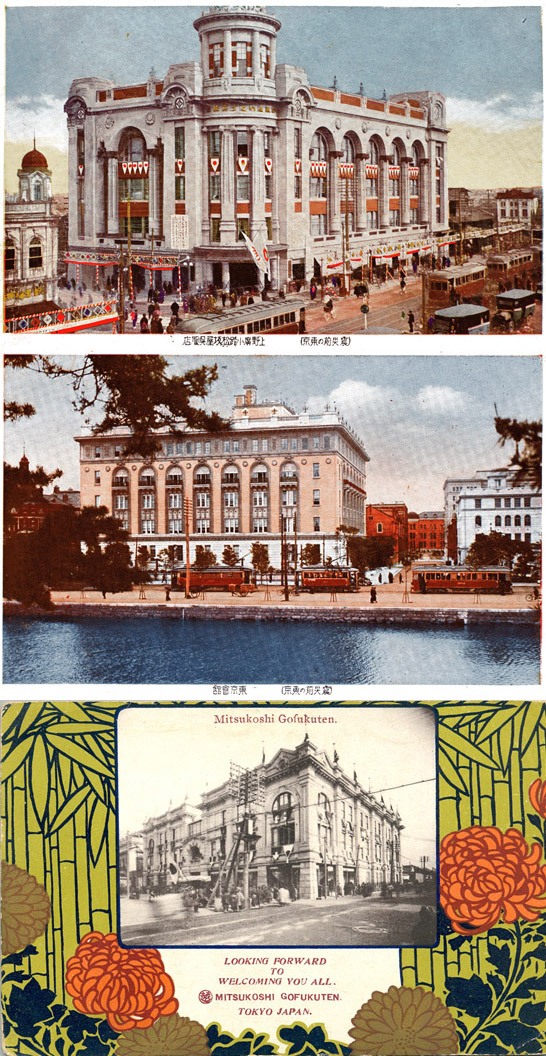
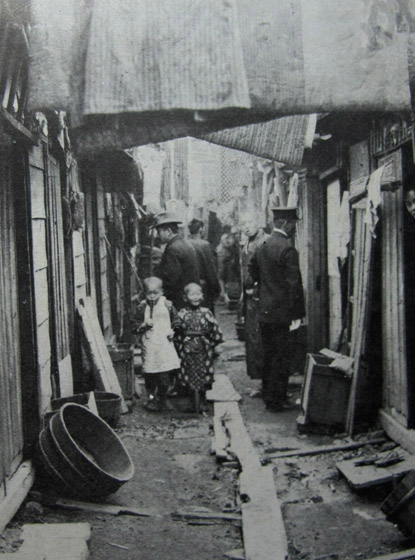  Between 1900 and 1923, the population of Tokyo continued to expand rapidly. So too did many of the social problems associated with urbanization and industrialization increase significantly. The population of metropolitan Tokyo virtually doubled from 1.12 million in 1900 to 2.17 million by 1920. More remarkable still, the population of the area outside Tokyo that became part of greater Tokyo in 1932—an area of roughly eighty-two small towns and villages—expanded from 380,000 in 1900 to 1.18 million in 1920. Opportunity, in particular the prospect of securing industrial-related employment, drew people to Tokyo. The number of factories in Tokyo that employed five or more workers expanded from 768 in 1907 to 7,233 in 1919. Total employee numbers likewise expanded from 55,944 to 188,876. Between 1900 and 1923, the population of Tokyo continued to expand rapidly. So too did many of the social problems associated with urbanization and industrialization increase significantly. The population of metropolitan Tokyo virtually doubled from 1.12 million in 1900 to 2.17 million by 1920. More remarkable still, the population of the area outside Tokyo that became part of greater Tokyo in 1932—an area of roughly eighty-two small towns and villages—expanded from 380,000 in 1900 to 1.18 million in 1920. Opportunity, in particular the prospect of securing industrial-related employment, drew people to Tokyo. The number of factories in Tokyo that employed five or more workers expanded from 768 in 1907 to 7,233 in 1919. Total employee numbers likewise expanded from 55,944 to 188,876.
The new factories and their workers often located in the wards that already possessed high concentrations of industry, cheap labor, and crowded housing. In 1919 Honjo ranked first as the ward with the largest number of factories in Tokyo with 1,113 that employed nerly 28,000 workers. Following Honjo stood Fukagawa with 822 factories, Kyōbashi with 621; and Asakusa with 546. These wards also, not unsurprisingly, had some of the highest population densities in Japan. Apart from being industrial and densely populated, these wards also shared a number of distinctions. First, all were located in what was considered “low Tokyo,” along the banks of the Sumida River from Kyōbashi to Fukagawa. Second, they had high concentrations of people living at or below what would be considered today a poverty line. These densely crowded industrial districts experienced some of the most significant devastation—near total in some instances—during the first week of September 1923: they were epicenters of death and destruction.
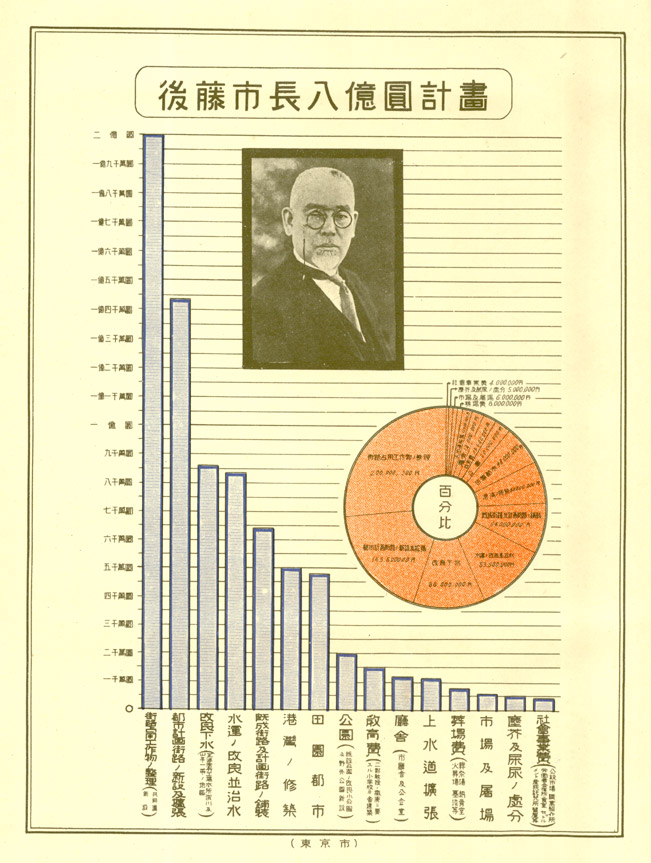
Sources in English
Andre Sorensen. The Making of Urban Japan: Cities and Planning from Edo to the Twenty-First Century. London: Routledge, 2002.
Edward Seidensticker. Low City, High City: Tokyo from Edo to the Earthquake. New York: Knopf, 1983.
Edward Seidensticker. Tokyo Rising: The City Since the Great Earthquake. New York: Knopf, 1990.
J. Charles Schencking. The Great Kantō Earthquake and the Chimera of National Reconstruction in Japan. New York: Columbia University Press, 2013. Chapter 5: Optimism: Dreams for a New Metropolis Amid a Landscape of Ruin.
Takeo Yazaki. Social Change and the City in Japan. Tokyo: Japan Publications, 1968. |